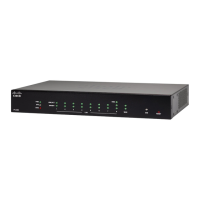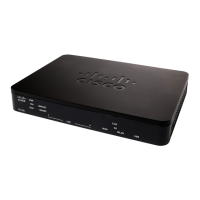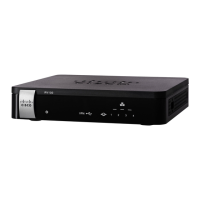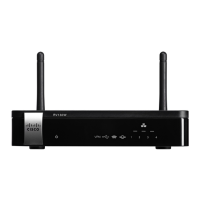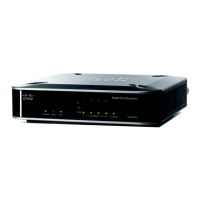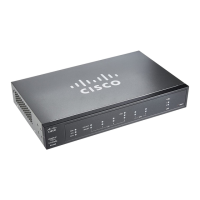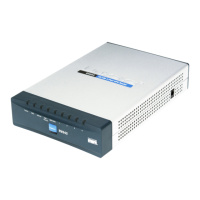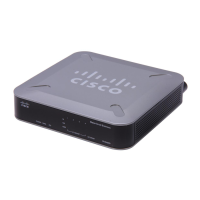1
Chapter 1
Introduction
This Chapter provides an overview of the Dual-Band Wireless-N VPN
Router's features and capabilities.
Congratulations on the purchase of your new Dual-Band Wireless-N VPN Router. The Dual-
Band Wireless-N VPN Router is a multi-function device providing the following services:
•
Shared Broadband Internet Access for all LAN users.
•
Wireless Access Point for 802.11a, 802.11b, 802.11g and 802.11n Wireless Stations.
•
4-Port Switching Hub for 10BaseT, 100 or 1000BaseT connections.
Dual-Band Wireless-N VPN Router Features
The Dual-Band Wireless-N VPN Router incorporates many advanced features, carefully
designed to provide sophisticated functions while being easy to use.
Internet Access Features
• Shared Internet Access. All users on the LAN or WLAN can access the Internet
through the Dual-Band Wireless-N VPN Router, using only a single external IP Address.
The local (invalid) IP Addresses are hidden from external sources. This process is called
NAT (Network Address Translation).
•
DSL & Cable Modem Support. The Dual-Band Wireless-N VPN Router has a
10/100/1000BaseT Ethernet port for connecting a DSL or Cable Modem. All popular DSL
and Cable Modems are supported.
•
PPPoE, PPTP and L2TP Support. The Internet (WAN port) connection supports
PPPoE (PPP over Ethernet), PPTP (Peer-to-Peer Tunneling Protocol) and L2TP, as well as
"Direct Connection" type services.
•
Fixed or Dynamic IP Address. On the Internet (WAN port) connection, the Dual-
Band Wireless-N VPN Router supports both Dynamic IP Address (IP Address is allocated
on connection) and Fixed IP Address.
Advanced Internet Functions
• Application Level Gateways (ALGs). Applications which use non-standard connec-
tions or port numbers are normally blocked by the Firewall. The ability to define and
allow such applications is provided, to enable such applications to be used normally.
•
Port Triggering. This feature, also called Special Applications, allows you to use
Internet applications which normally do not function when used behind a firewall.
•
Port Forwarding. This feature allows Internet users to access Internet servers on your
LAN. The required setup is quick and easy.
•
Dynamic DNS Support. DDNS, when used with the Virtual Servers feature, allows
users to connect to Servers on your LAN using a Domain Name, even if you have a dy-
namic IP address which changes every time you connect.
•
URL Filter. Use the URL Filter to block access to undesirable Web sites by LAN users.
1
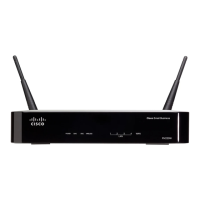
